
EU Implements CBAM with Default Values for 10 Countries
The European Commission will begin its Carbon Border Adjustment Mechanism (CBAM) using default embedded emissions values for products from 10 countries. These countries likely represent the largest exporters to the EU. This initial measure aims to streamline carbon cost calculations while encouraging producers to verify their lower emissions through audits.
The default emission values will differ between production methods, with benchmarks set at 1.3 tons of CO2 for blast furnaces and 0.2 tons for electric arc furnaces. Countries outside the initial 10 will receive average intensity values based on these key exporters.
Impact of Default Values on Global Trade and Industry
This approach includes a “non-discriminatory adjustment factor” to increase import costs and incentivize emissions verification. However, it remains unclear how verification will work in 2026 and which authority will oversee the process. The European Commission plans to finalize the implementing act, detailing the default values before year-end.
The CBAM reflects the EU’s growing commitment to reducing carbon emissions and aligning imports with its carbon pricing through the EU Emissions Trading System. This policy may reshape global supply chains and accelerate green investments in exporting countries.
SuperMetalPrice Commentary:
The introduction of default values in CBAM signals a pivotal step in global carbon regulation. It simplifies initial implementation but raises questions about fairness and accuracy. Markets must prepare for evolving compliance demands, as audit processes become crucial. Exporters that invest early in emissions transparency and reduction stand to gain competitive advantages under this emerging carbon pricing framework.




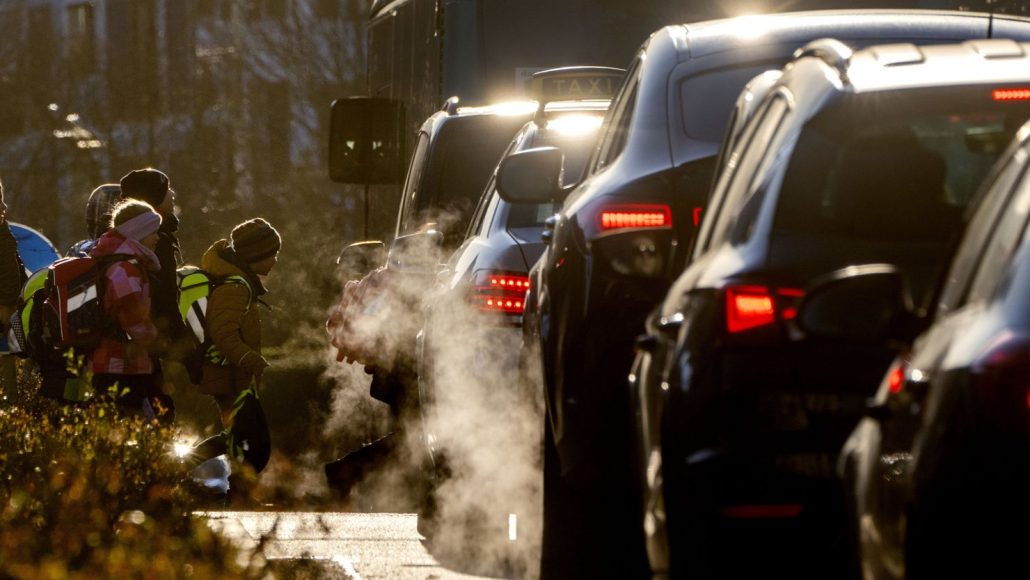


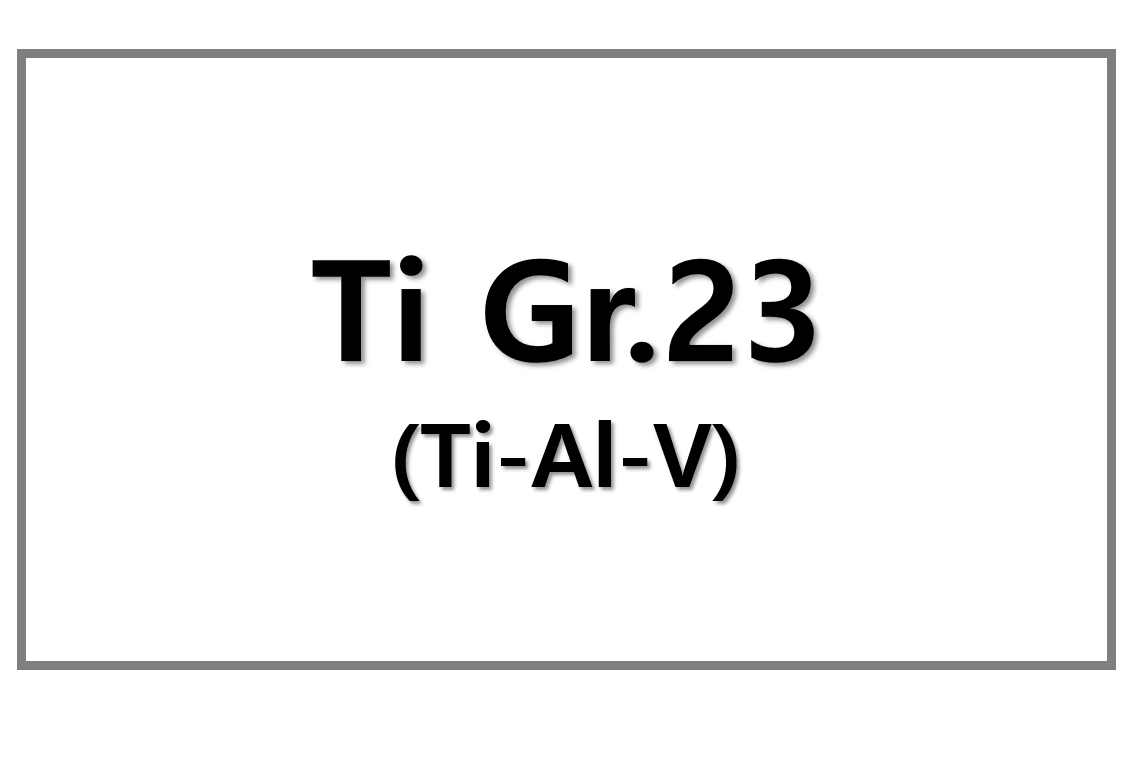
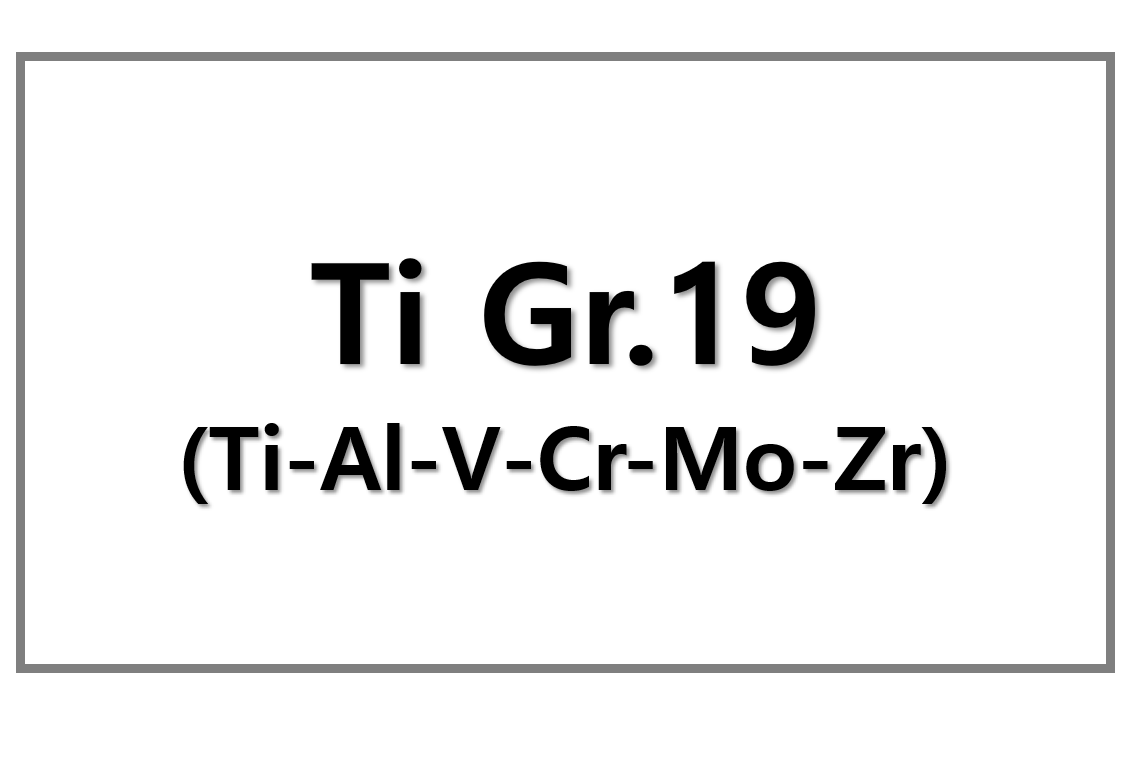
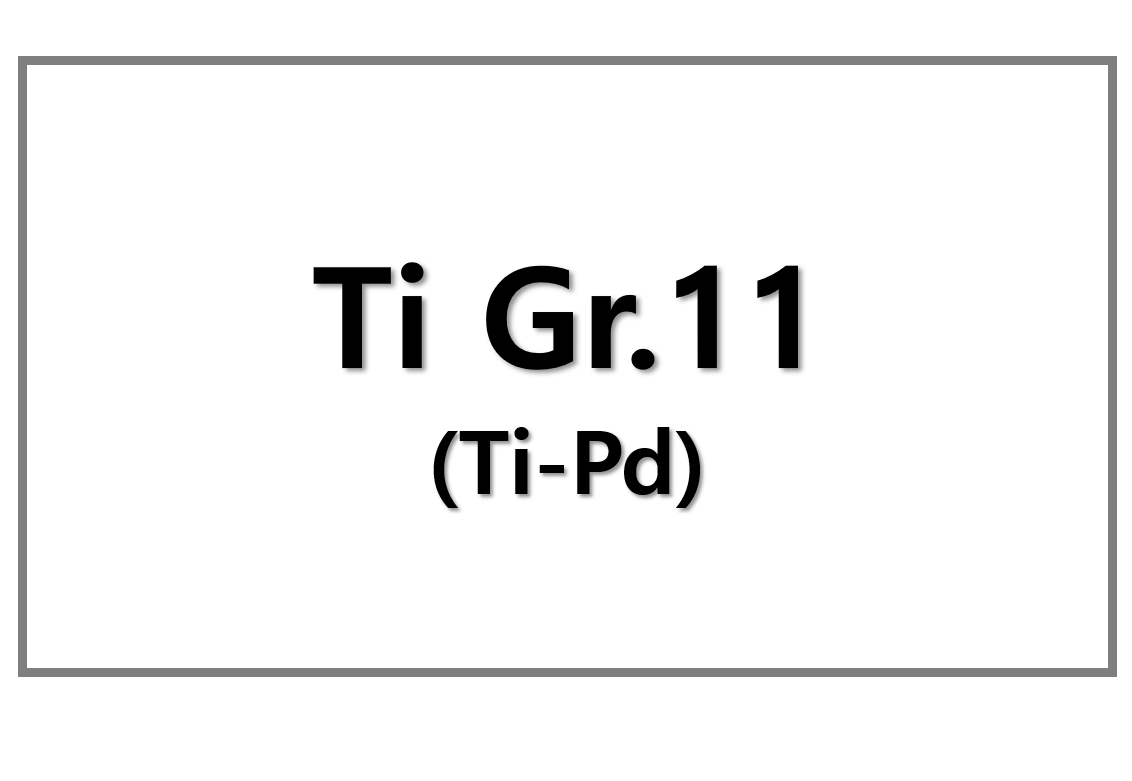
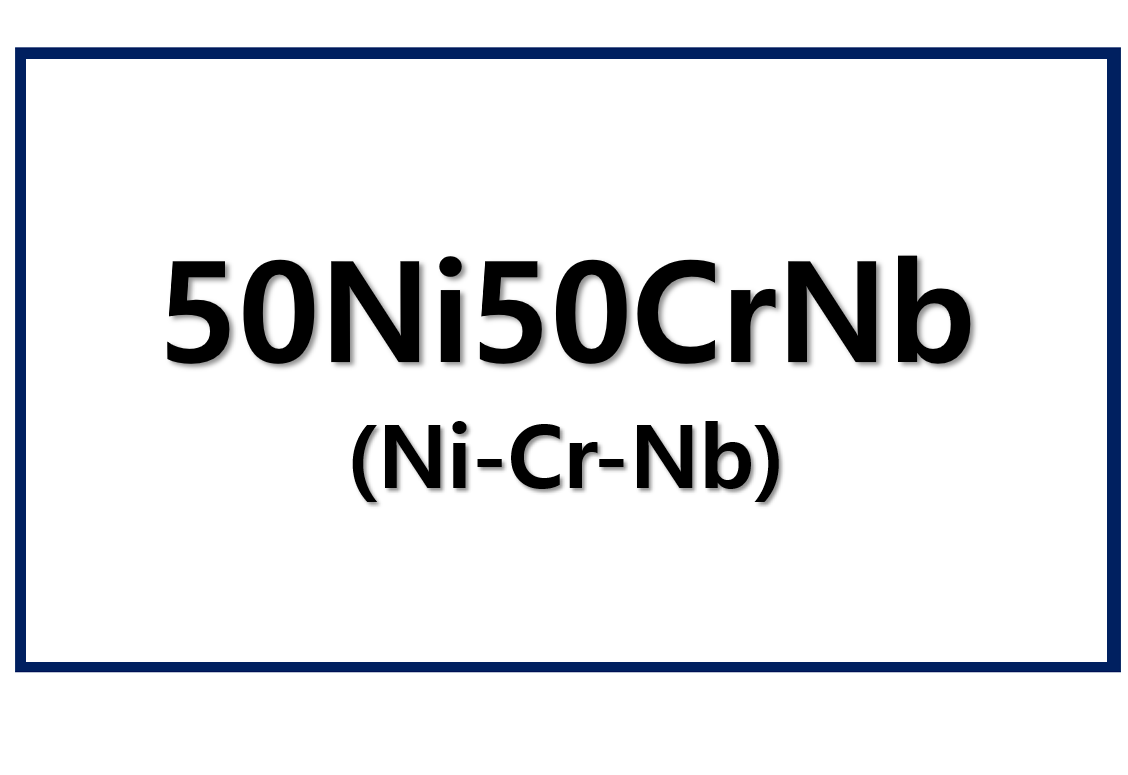
Leave a Reply
You must be logged in to post a comment.